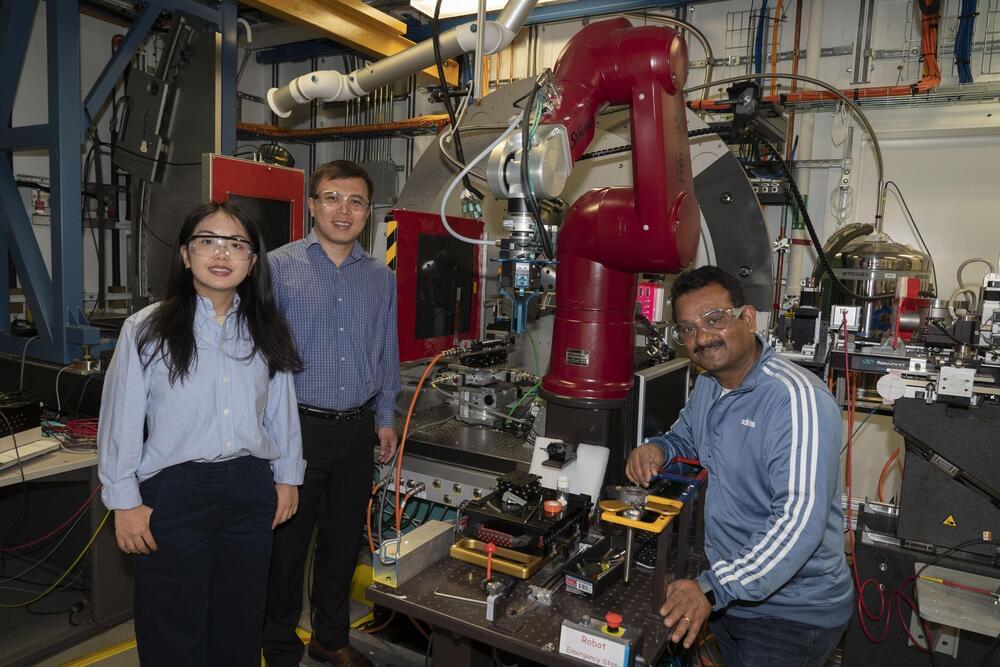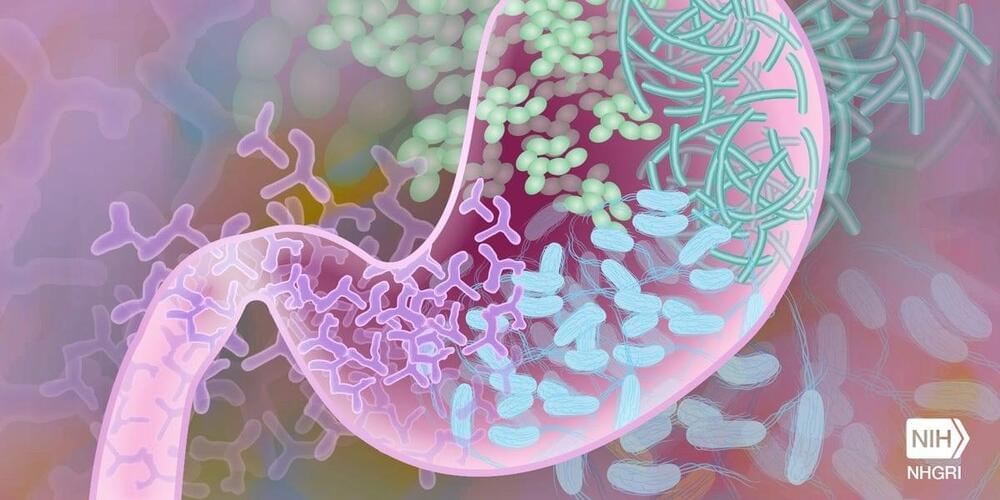Researchers around the world are on a mission to relieve a bottleneck in the clean energy revolution: batteries. From electric vehicles to renewable grid-scale energy storage, batteries are at the heart of society’s most crucial green innovations—but they need to pack more energy to make these technologies widespread and practical.
Now, a team of scientists led by chemists at the U.S. Department of Energy’s (DOE) Brookhaven National Laboratory and Pacific Northwest National Laboratory (PNNL) has unraveled the complex chemical mechanisms of a battery component that is crucial for boosting energy density: the interphase. Their work published today in Nature Nanotechnology.




